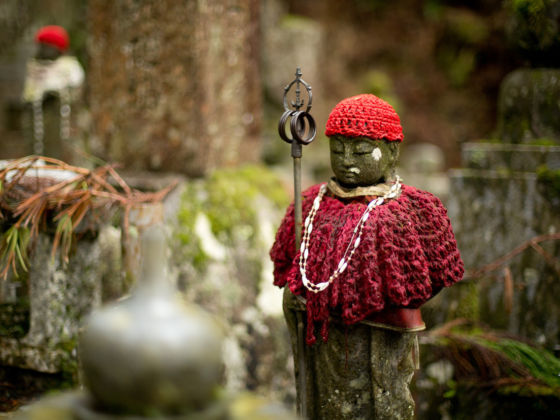Just as each creature occupies a particular stratum of the forest, from deer on the ground to squirrels in the branches to birds in the canopy, we travelers are specialists.
We investigate our distinct niche of the places we travel to.
The young hedonist explores the casual sex, drug, and drinking scene of the hostels and bars. The punkrock squatter scopes out rooftops, fields, underpasses, dumpsters. The solitary flaneur pays close attention to the subtle interplay between crowds, sunlight, and architecture.
